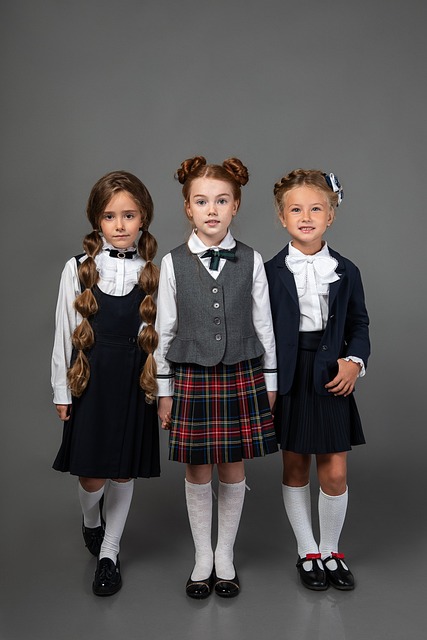Children’s Behavioral Problems Are Linked to Higher Hair Cortisol Levels
Recent studies have highlighted that children’s behavioral problems are linked to higher hair cortisol levels, which serves as a marker of chronic stress. Cortisol, the hormone released in response to stress, accumulates in hair over time, making it an essential tool for measuring long-term stress in children.
The Role of Cortisol in Measuring Stress
Cortisol is typically found in the blood, saliva, and urine, indicating short-term stress levels. However, when cortisol accumulates in hair, it signifies chronic stress. A study conducted by the Basque Environmental Health Research Group (B-EHRG), led by Ane Arregi at the University of the Basque Country (UPV/EHU), discovered that children’s behavioral problems are linked to higher hair cortisol levels. The research, which involved children from the INMA project, utilized hair samples from 11-year-olds to examine their long-term stress exposure.
The Connection Between Maternal Stress and Children’s Behavior
One significant finding of the study is the influence of maternal stress on children’s behavior and their cortisol levels. The study demonstrated that maternal stress directly affects children’s behavioral problems, which in turn, contributes to higher cortisol levels in their hair. This highlights the two-way interaction between parental well-being and a child’s stress response.
Unexpected Findings Related to Environmental Noise
Interestingly, the study also found a surprising connection between environmental noise and cortisol levels. Contrary to expectations, higher exposure to environmental noise was associated with lower hair cortisol levels. This effect was more pronounced in boys, suggesting that long-term exposure to loud environments may lead to reduced cortisol levels. Initially, noise triggers a stress response, but over time, chronic exposure may lead to the body adapting and reducing cortisol production.
Examining Multiple Factors in Stress Research
The research further emphasizes the need to evaluate a variety of environmental, social, and individual factors when examining chronic stress. Children’s behavioral problems are linked to higher hair cortisol levels, but the study also highlights the importance of considering other factors such as air pollution, sleep disturbances, physical activity, and family relationships. By adopting a model that accounts for these elements, the study provides a more comprehensive understanding of how various factors influence stress in children.
Future Research and Public Health Implications
Understanding how chronic stress affects children’s health is crucial since childhood is a sensitive period of growth. Hair cortisol measurements can play an essential role in shaping public health strategies aimed at reducing stress in children. As children’s behavioral problems are linked to higher hair cortisol levels, addressing the contributing environmental and social factors can lead to better health outcomes for children and adolescents, setting them up for healthier lives as adults.

